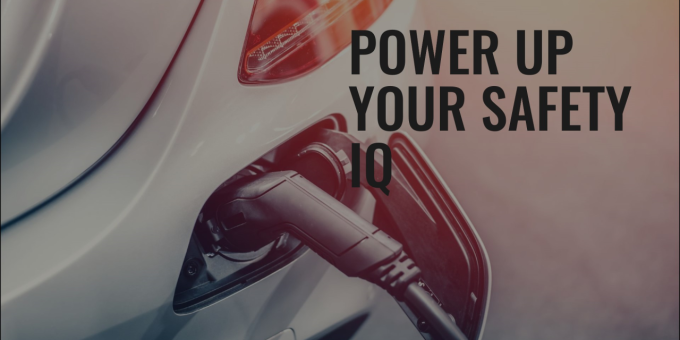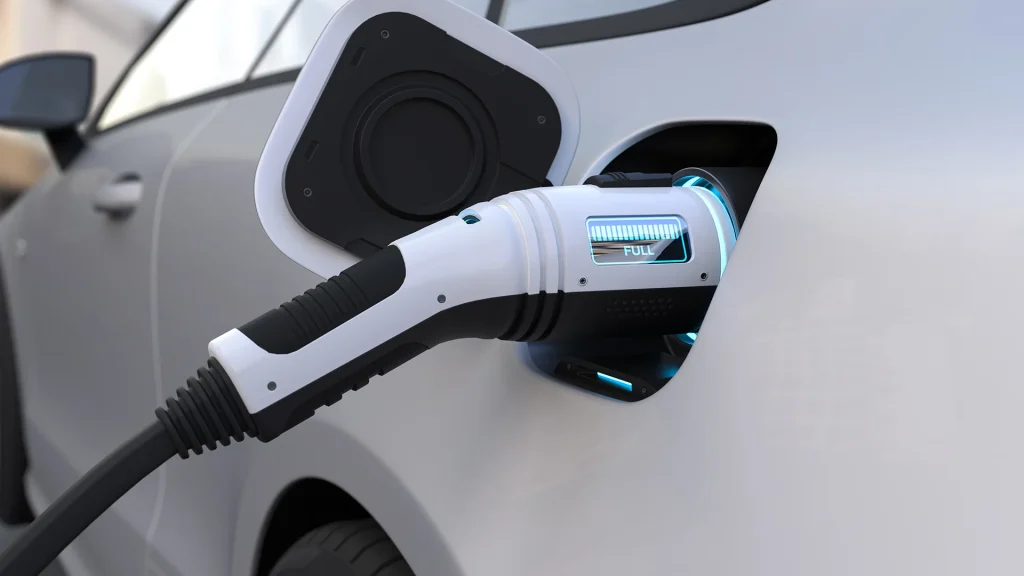
INDIANA—Over 70 million drivers will be on the road this Thanksgiving holiday, and many will travel in an electric vehicle. Electric vehicle (EV) safety is crucial. Drivers should plan routes with charging stations, ensure their EV is fully charged, and monitor battery levels. Adapting to colder weather, maintaining safe speeds, and packing an emergency kit helps ensure smooth, safe trips, contributing to a stress-free holiday journey. Here is some information unique to traveling by EV:
The unique aspects of electric vehicle safety
Electric vehicles (EVs) are gaining traction in the United States. If you drive an EV or are considering buying one, there are unique safety items to know.
If you drive an EV instead of a gas-powered vehicle, there are some important differences to keep in mind. While EVs can be good investments for drivers, it’s important for owners to stay up to date on unique safety precautions related to these vehicles.

Overall EV safety
First, it can be helpful to remember that EVs seem to hold up well in simulated crashes. According to CBS News, tests done by the Insurance Institute for Highway Safety (IIHS) showed that EVs are durable because their batteries make them heavier, offering better protection to those sitting inside.
You might be wondering about the fire safety risk of the lithium-ion batteries associated with EVs. While there are fewer EV fires than internal combustion engine fires, EV fires can pose unique challenges.
According to the National Fire Protection Association (NFPA), damaged or defective lithium-ion batteries can enter a state called thermal runaway. That means the battery cells begin heating up uncontrollably, spreading from one battery cell to another and leading to a fire. In addition, these batteries can release toxic and flammable gasses that could lead to an explosion.
After an accident
What should you do if you’re in an accident, see smoke, flames, or smell burning coming from your EV? Here are some actions to take according to the NFPA:
- First, pull over as soon as you can safely and move to a safe location off the road.
- Once you are stopped, turn off the engine and get everyone out of the car. Do not return to the burning car for anything.
- Get everyone at least 100 feet from the burning car and well away from traffic. If you can, go where the wind blows away from the vehicle.
- Call 911 or your local emergency number and tell them there is an EV involved.
Safe charging
In addition to knowing what to do in an accident, here are some reminders from the NFPA about safely charging an EV at home:
- Remember that EVs have high-voltage batteries.
- Battery maintenance needs to be performed by the manufacturer.
- Do not touch the orange high-voltage cables.
Safety tips for safely charging an EV at home
- Follow all manufacturer directions and only use devices listed by a qualified testing lab.
- Check chargers and cords for damage before using — and never use if damaged.
- Do not use extension cords with the charger.
- Install charging equipment in safe locations that are away from things that could catch fire.
- Keep charging items out of reach of children and animals when not in use.
- Before charging an electric vehicle at home, have a qualified electrician make sure your electrical system can handle it.
What to do in an EV accident
If possible:
- Move your car to a safe location and remain on the scene.
- Roll down windows before shutting the vehicle off.
- Place the vehicle in park, set the parking brake, turn off the vehicle, activate hazard lights, and move keys at least 16 feet away from the vehicle.
Always:
- Call 911 for assistance and advise that an electric or hybrid-electric vehicle is involved.
- Do not touch exposed electrical components or the engine compartment, as a shock hazard may exist.
- Avoid contact with leaking fluids and gasses and remain out of the way of oncoming traffic until emergency responders arrive.
- When emergency responders arrive, tell them the vehicle involved is an EV or HEV.






.png)











